Swifts over Glyndebourne a Sussex Landscape
Price range: £40.00 through £310.00
Description
‘Swifts over Glyndebourne a Sussex Landscape’
Print description
Like lightning, a pair of swifts fly through the skies above the Sussex Weald. View towards Ringmer and Glynde, with the rooftops of Glyndebourne Opera House and on the hill an electric wind turbine that sites next to the remains of a probably late C18 to early C19 windmill
The swift is a medium-sized aerial bird, which is a superb flyer. Sleeping, eating, bathing and even mating on the wing, swifts rarely touch the ground. They are also the fastest birds in level flight, with an impressive top speed of 69mph.
Swifts are plain sooty brown, with a white throat, but in flight against the sky they appear black. They have long, scythe-like wings and a short, forked tail. Swifts are summer visitors, breeding across the UK, but are most numerous in the south and east. Spending their winters in Africa, swifts migrate 3,400 miles twice a year, stopping off to refuel in places like Portugal and France along the way.
After a long flight back from their summer in Africa, swifts have one thing on their minds – to mate. Swifts pair for life, returning to the same site each year for a little nest renovation before laying and incubating their eggs. They like to live in houses and churches, squeezing through tiny gaps to nest inside roofs. But as more old buildings are renovated and gaps in soffits closed up, swift nest sites are fast disappearing. This, in part, has resulted in swifts being added to the Red list in the 2021 UK Conservation Status Report.
Red is the highest conservation priority, with species on this list needing urgent action. Species on this list, such as swifts, are globally threatened, with big declines in breeding populations and ranges. That’s why swifts urgently need our help. By installing a swift brick in a wall, or putting up a nestbox, you could give a swift a place to rest and raise a family.
The remains of Glyndebourne Windmill at Ringmer Moor Lane. Probably late C18 to early C19. All that remains of this post windmill is the central post and 4 diagonal struts. But owing to its position on the top of a hill it is a landmark for some miles around, giving the impression of an obelisk at a distance.
Print details
I created this print from my original ink drawings to which I apply colour digitally. Printed on fine art paper using archival inks. I issue the formats A0, A1 & A2,A3 and A4 as limited editions of 100 where I individually sign and number each print.
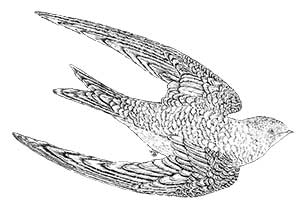
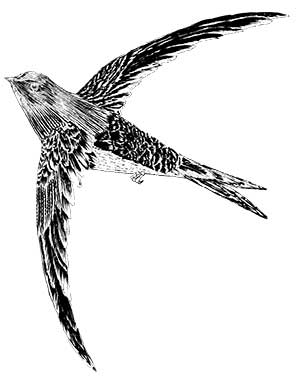
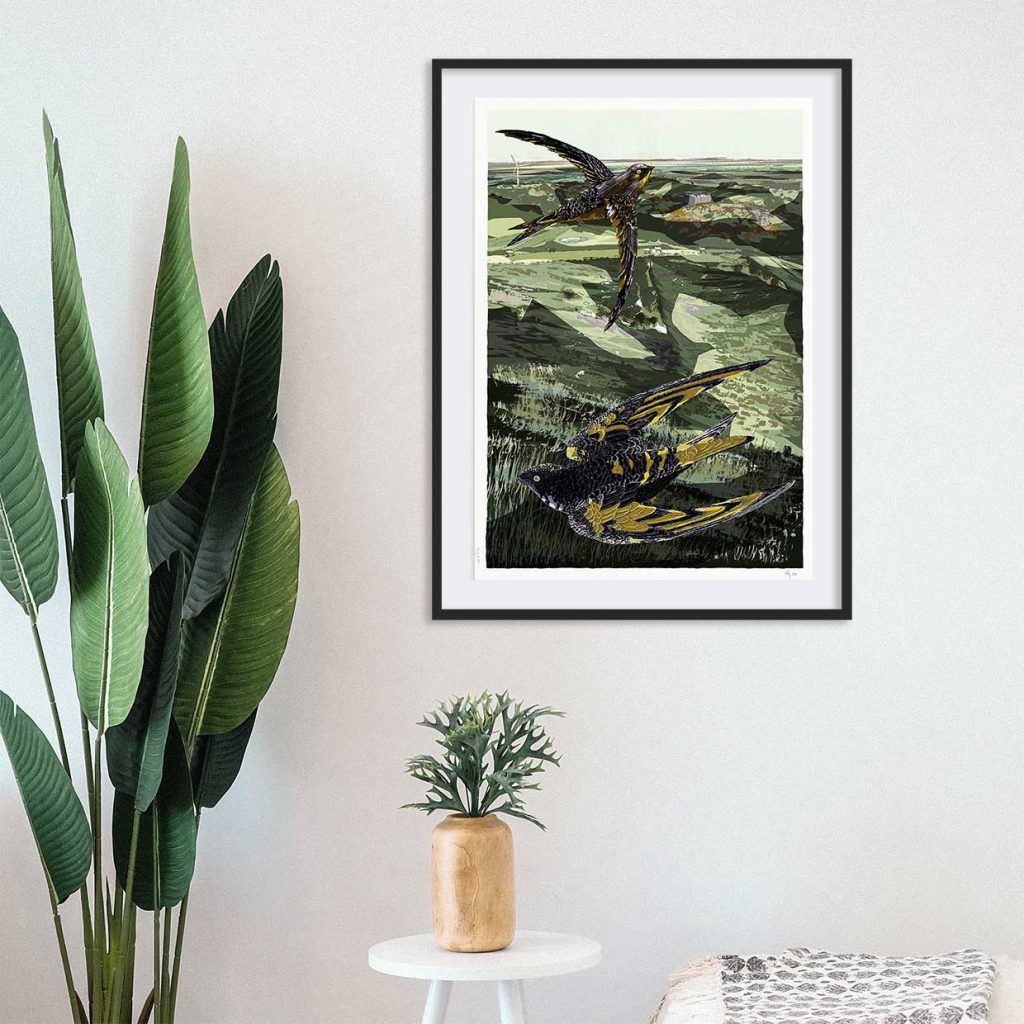
You may also like
-

The Seafront at Hove Brighton Pebble Beach
Price range: £40.00 through £310.00 Select options This product has multiple variants. The options may be chosen on the product page -

The Seafront at Kemptown Brighton Pebble Beach
Price range: £40.00 through £310.00 Select options This product has multiple variants. The options may be chosen on the product page -

Collared Doves Bougainvillea the Pond Gardens of Seville Alcazar
Price range: £40.00 through £322.00 Select options This product has multiple variants. The options may be chosen on the product page -

Swifts and Mercury Fountain Gardens of Seville Alcazar
Price range: £40.00 through £310.00 Select options This product has multiple variants. The options may be chosen on the product page -

The Peacock and the Giralda Gardens of Seville Alcazar
Price range: £40.00 through £310.00 Select options This product has multiple variants. The options may be chosen on the product page -

Breezy Cuckmere Crying Seagulls
Price range: £40.00 through £310.00 Select options This product has multiple variants. The options may be chosen on the product page -

Cuckmere Haven Starlings
Price range: £40.00 through £310.00 Select options This product has multiple variants. The options may be chosen on the product page -

Phoenix and Butterflies Chinoiserie Screen at Brighton Pavilion Gardens
Price range: £40.00 through £310.00 Select options This product has multiple variants. The options may be chosen on the product page -
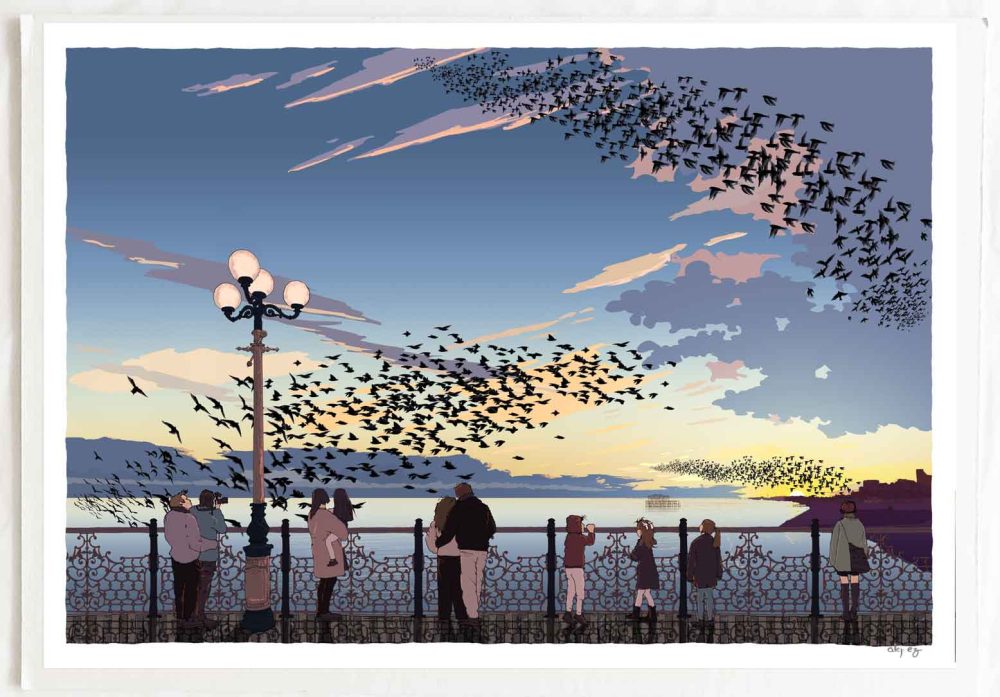
Starling Love Brighton Palace Pier
Price range: £40.00 through £310.00 Select options This product has multiple variants. The options may be chosen on the product page -

Golden Spiral Starlings West Pier Pebble Beach
Price range: £40.00 through £310.00 Select options This product has multiple variants. The options may be chosen on the product page -
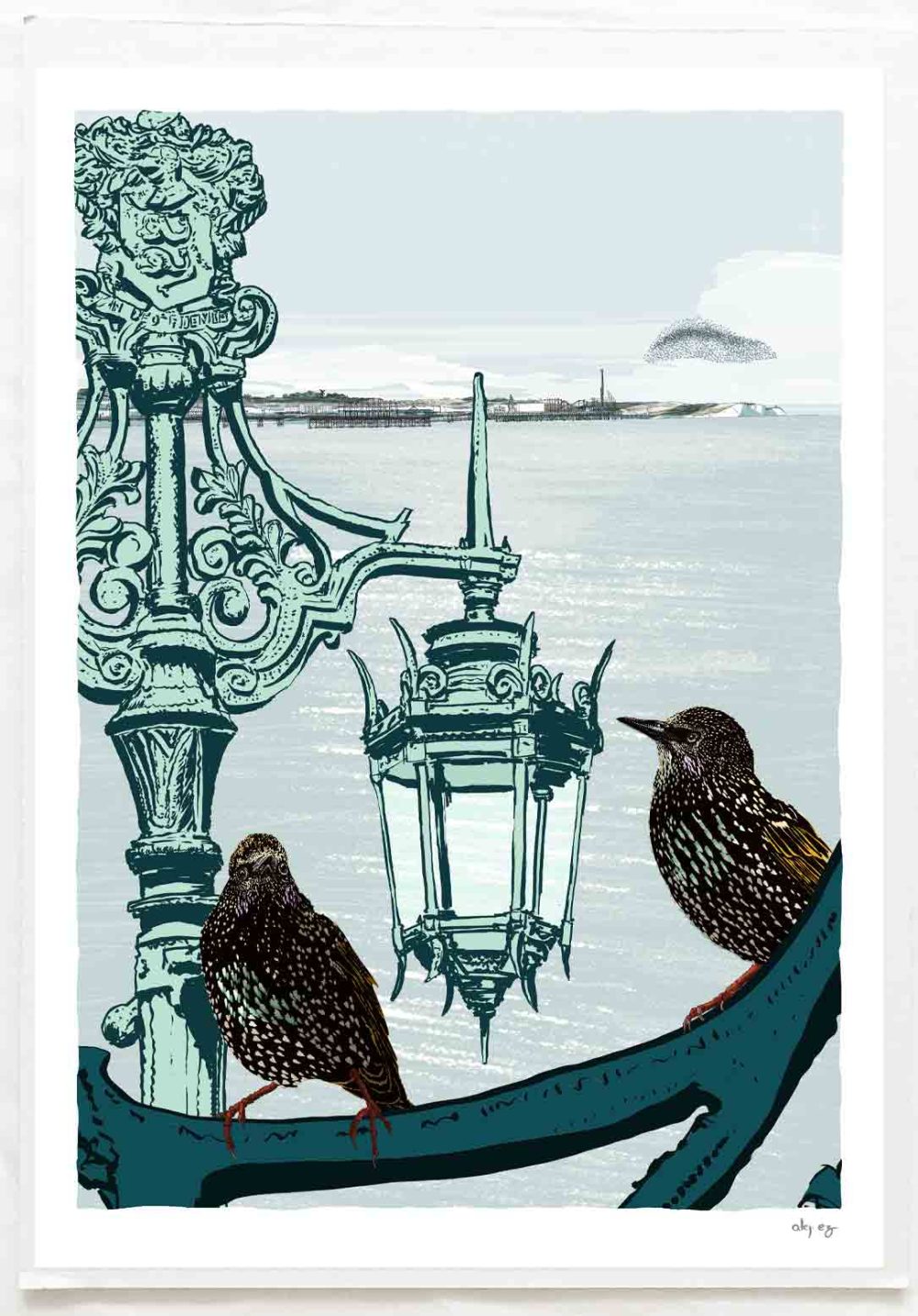
Starlings Murmuration Brighton Lights
Price range: £40.00 through £310.00 Select options This product has multiple variants. The options may be chosen on the product page -

West Pier Cormorants Song Blue
Price range: £40.00 through £310.00 Select options This product has multiple variants. The options may be chosen on the product page -

West Pier Cormorants Song
Price range: £40.00 through £310.00 Select options This product has multiple variants. The options may be chosen on the product page -

West Pier Cormorants Gesso
Price range: £40.00 through £310.00 Select options This product has multiple variants. The options may be chosen on the product page -
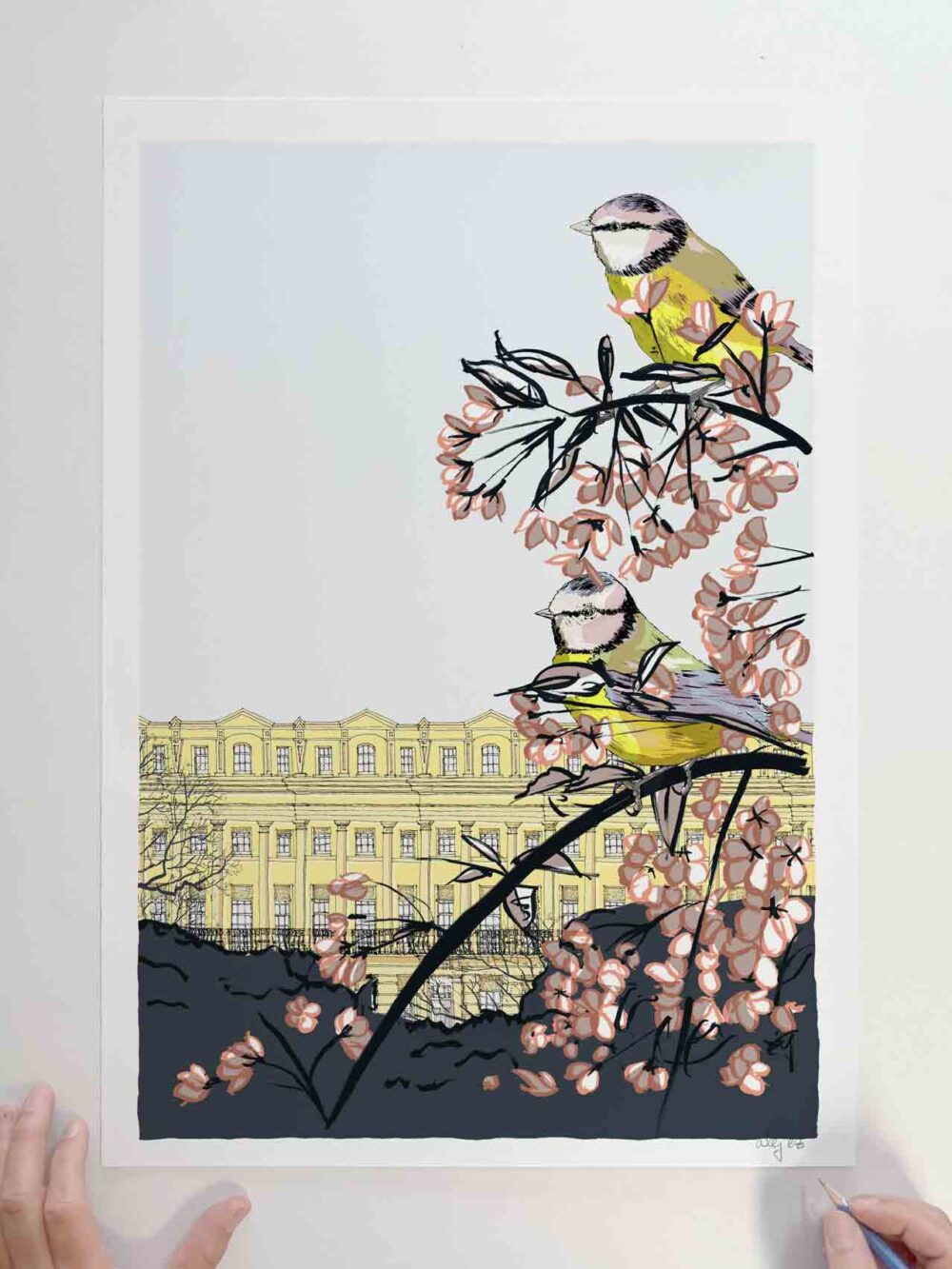
Cherry Blossom and Blue Tits at Brunswick Square
Price range: £40.00 through £310.00 Select options This product has multiple variants. The options may be chosen on the product page -
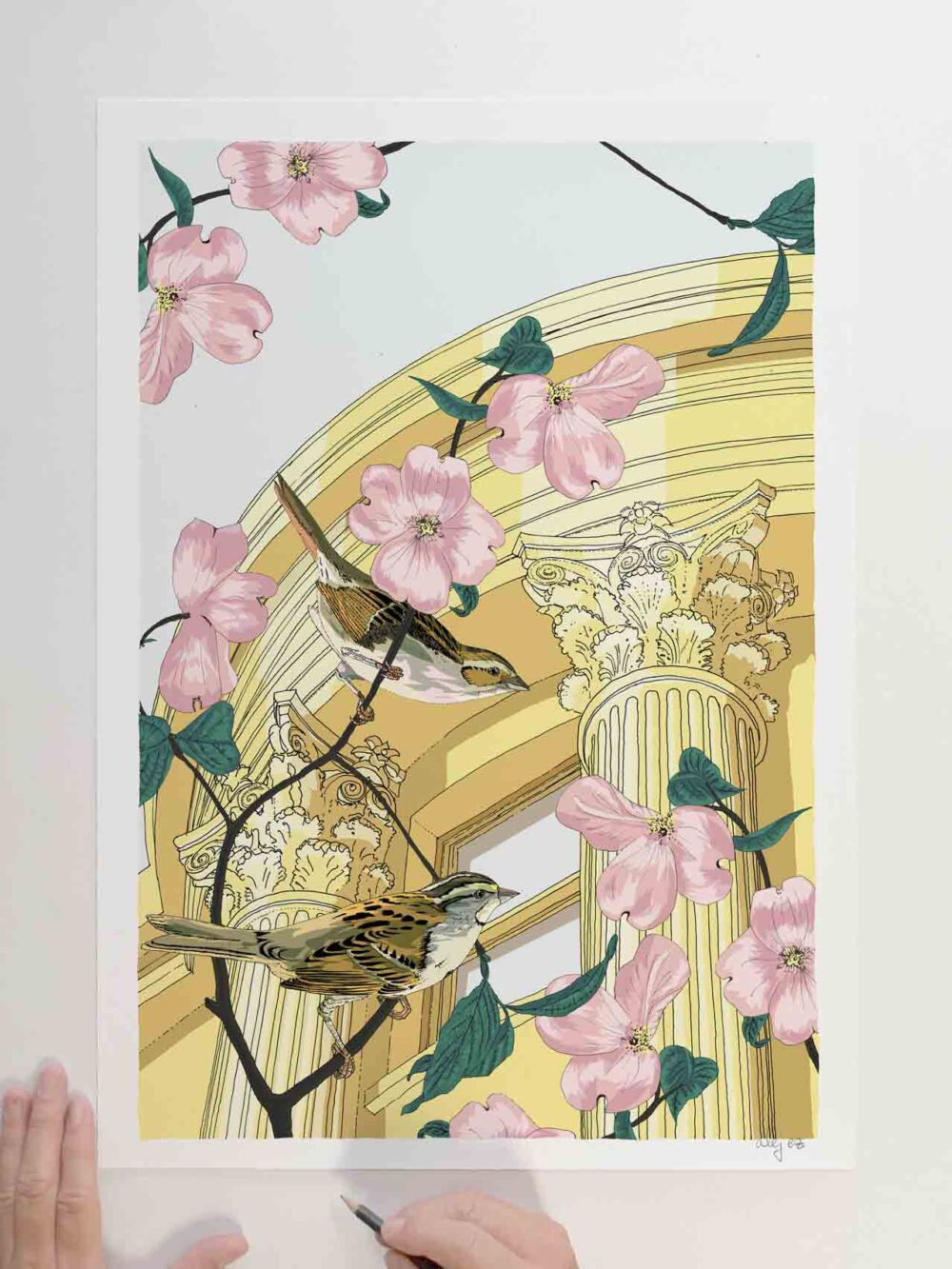
Brunswick Square The Sparrow and the Corinthian Dog Rose
Price range: £40.00 through £310.00 Select options This product has multiple variants. The options may be chosen on the product page -

Cherry Blossom and Blue Tits at Pavilion Gardens by the Dome Brighton
Price range: £40.00 through £310.00 Select options This product has multiple variants. The options may be chosen on the product page -

Pigeon Song Pavilion Gardens Brighton
Price range: £40.00 through £310.00 Select options This product has multiple variants. The options may be chosen on the product page -
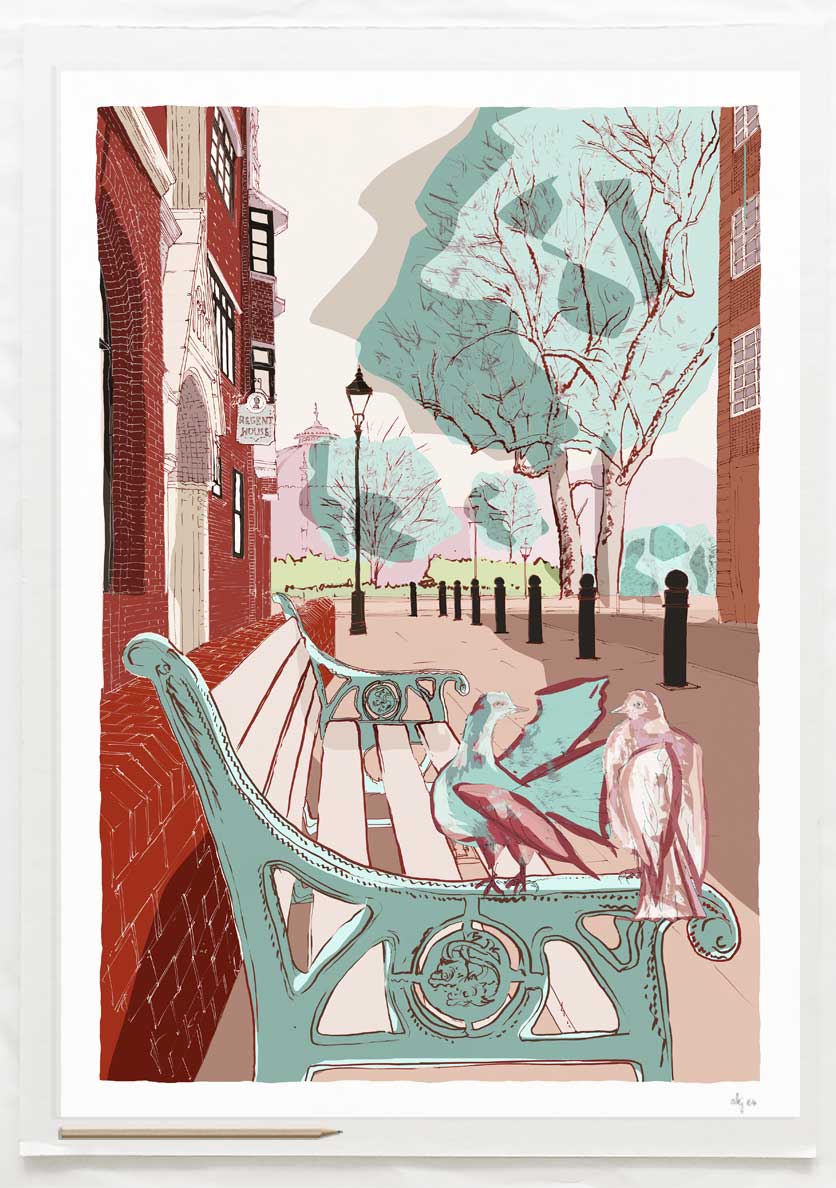
Prince’s Place Love Pigeons Pavilion Gardens by the Dome
Price range: £40.00 through £310.00 Select options This product has multiple variants. The options may be chosen on the product page -

An Alphabet of Brighton
Price range: £40.00 through £310.00 Select options This product has multiple variants. The options may be chosen on the product page -

Palace Pier Starling Song
Price range: £40.00 through £310.00 Select options This product has multiple variants. The options may be chosen on the product page -

The Lark Ascending over the Lewes Town
Price range: £40.00 through £310.00 Select options This product has multiple variants. The options may be chosen on the product page -

Shoreline Starlings Brighton by the Sea
Price range: £40.00 through £310.00 Select options This product has multiple variants. The options may be chosen on the product page -
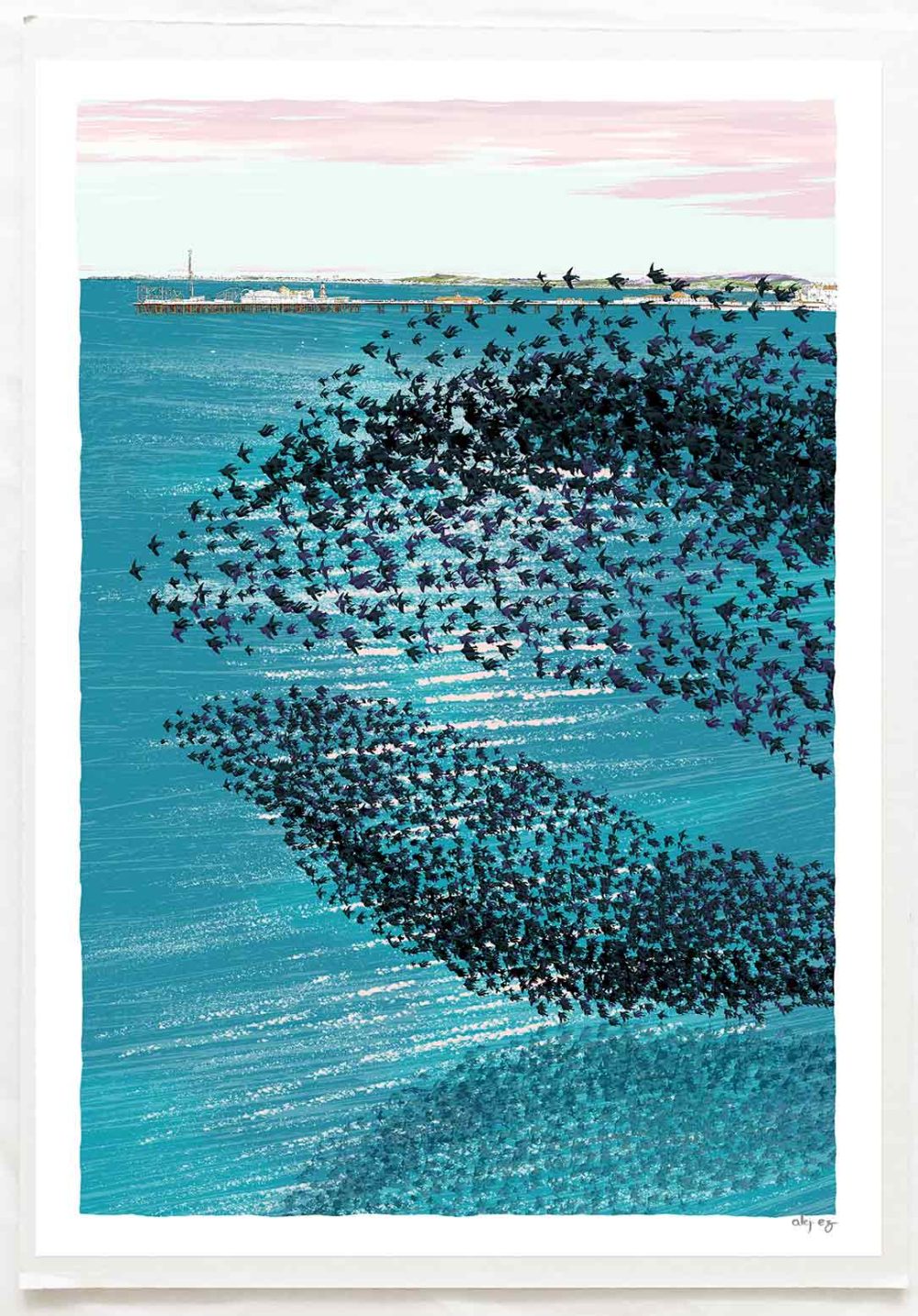
Starlings Kemptown Brighton Seafront Ocean Blue
Price range: £40.00 through £310.00 Select options This product has multiple variants. The options may be chosen on the product page -

Morning Swim Worthing
Price range: £40.00 through £180.00 Select options This product has multiple variants. The options may be chosen on the product page -
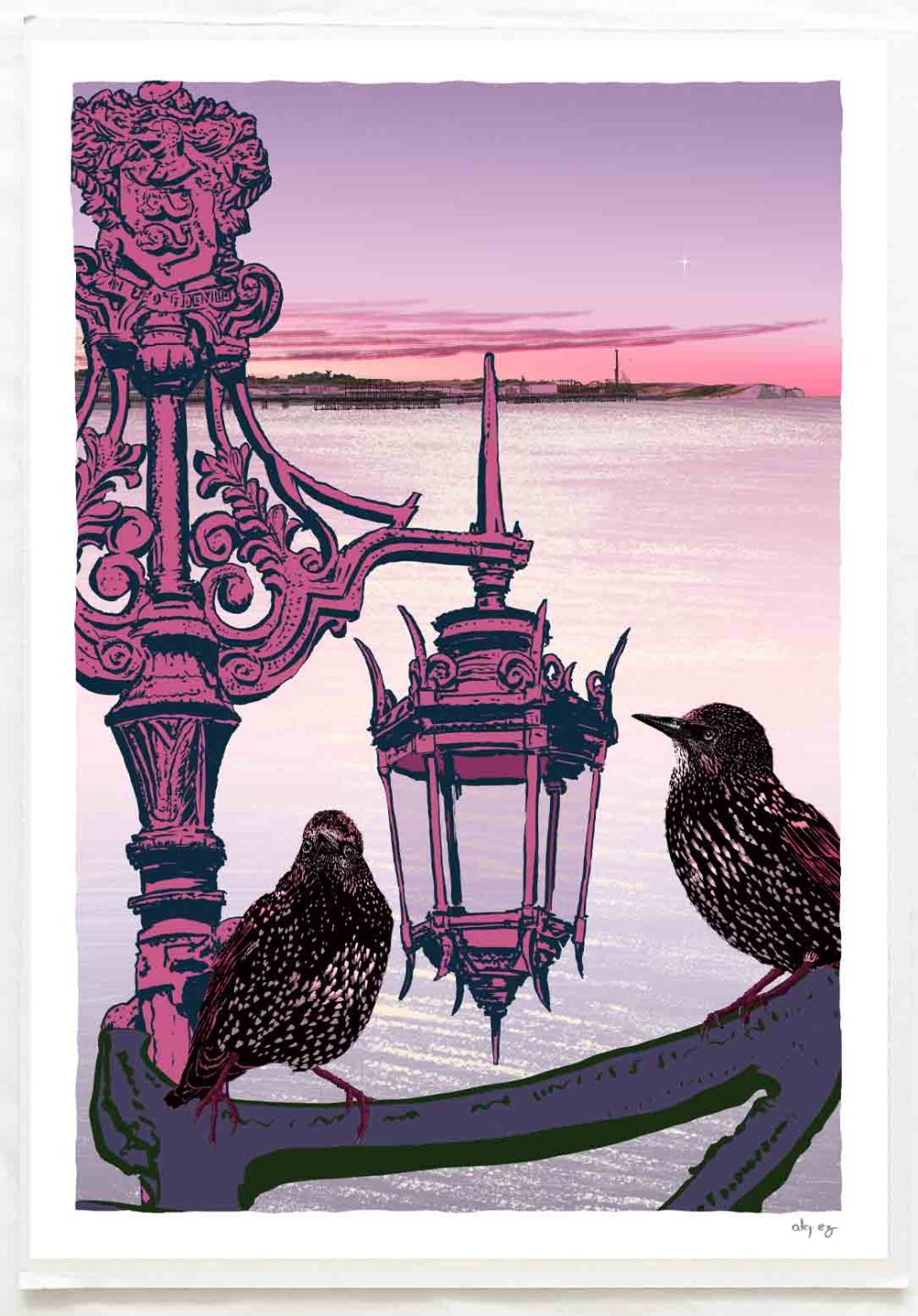
Starlight Starlings Brighton
Price range: £40.00 through £310.00 Select options This product has multiple variants. The options may be chosen on the product page -

Seven Sisters Cliffs Walk Brass Point Diamond
Price range: £48.00 through £120.00 Select options This product has multiple variants. The options may be chosen on the product page -
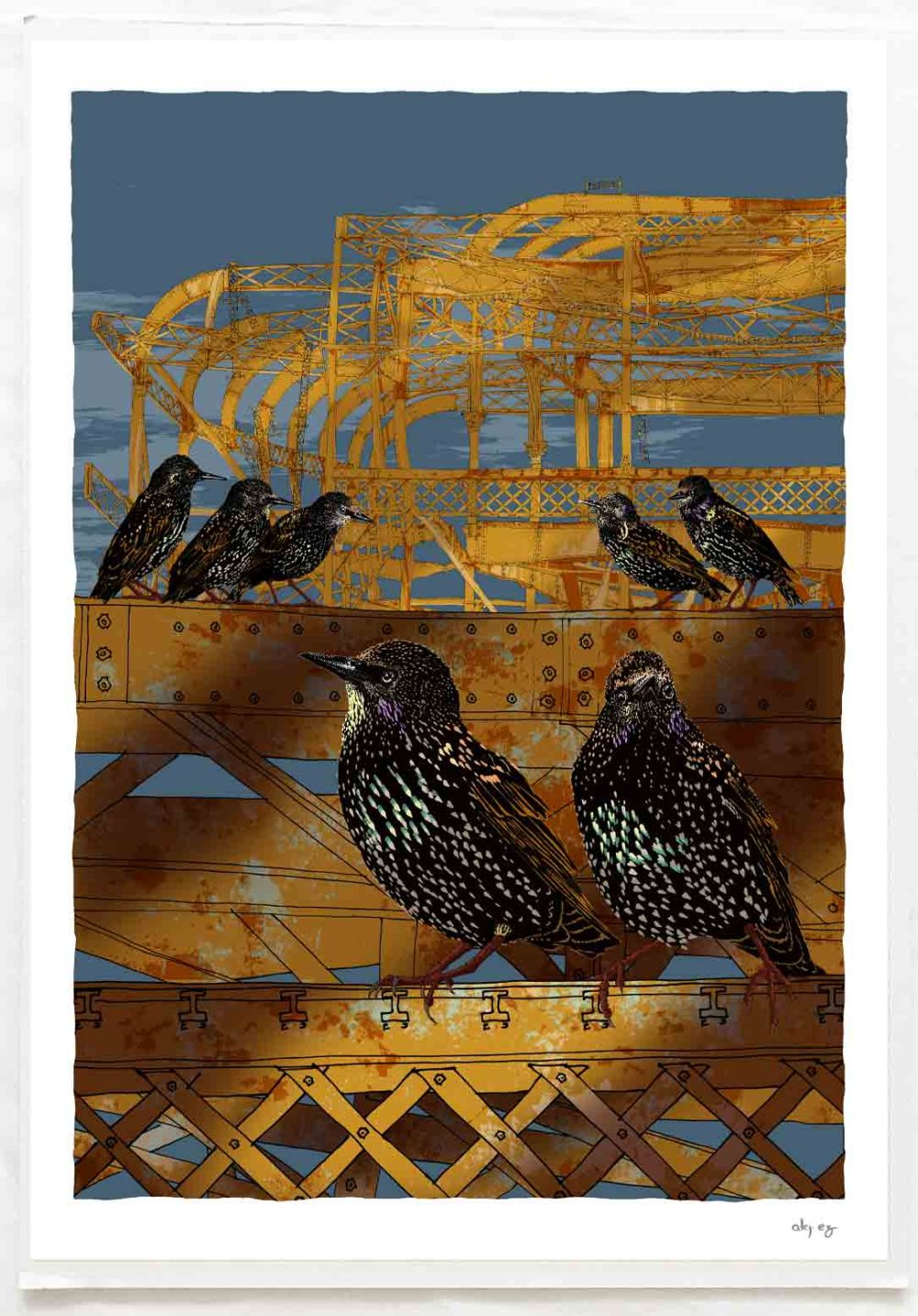
West Pier Starling Song Antique Ochre and Blue
Price range: £40.00 through £310.00 Select options This product has multiple variants. The options may be chosen on the product page -
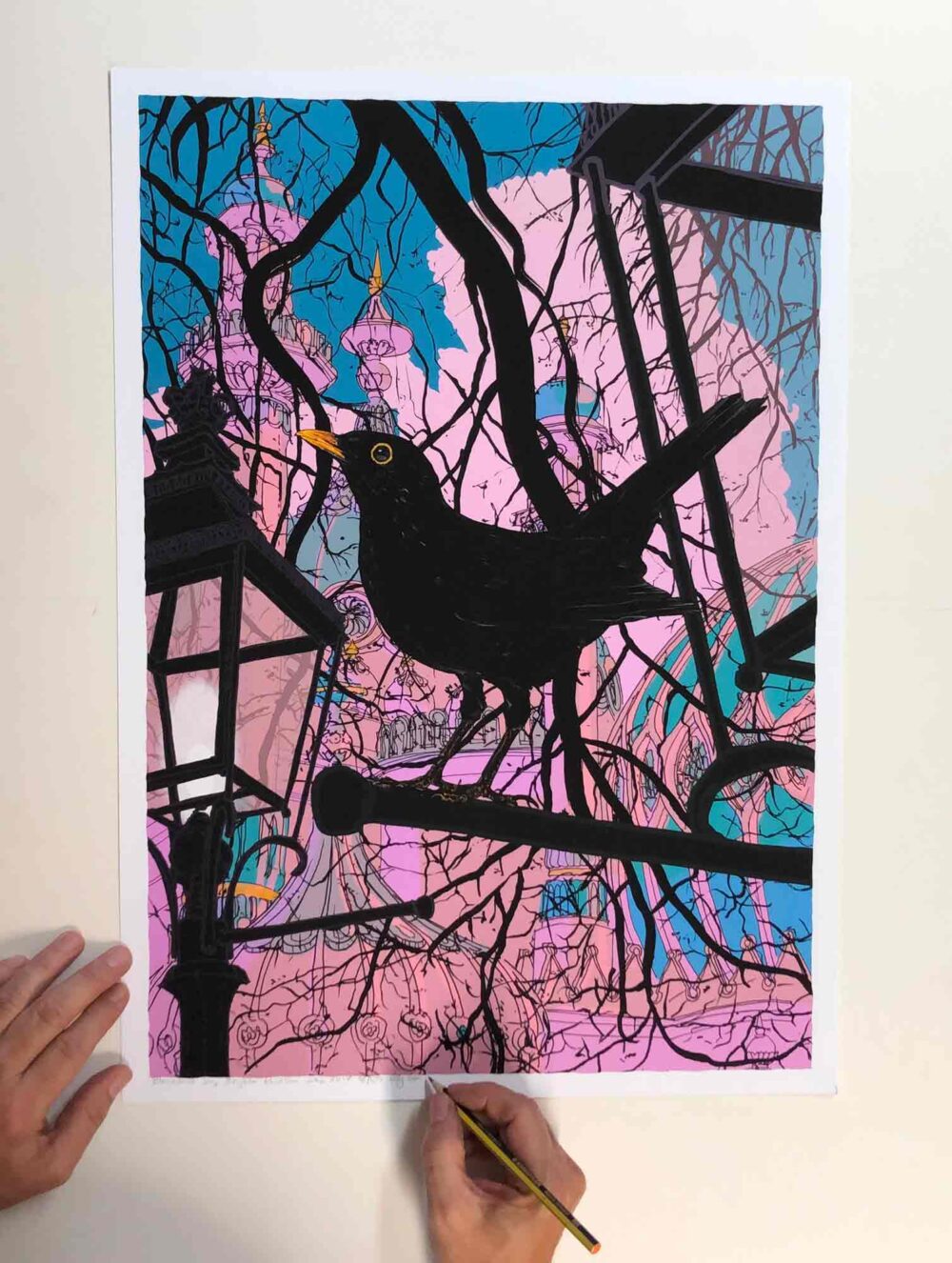
Brighton Pavilion Early Morn Blackbird Song
Price range: £40.00 through £310.00 Select options This product has multiple variants. The options may be chosen on the product page -
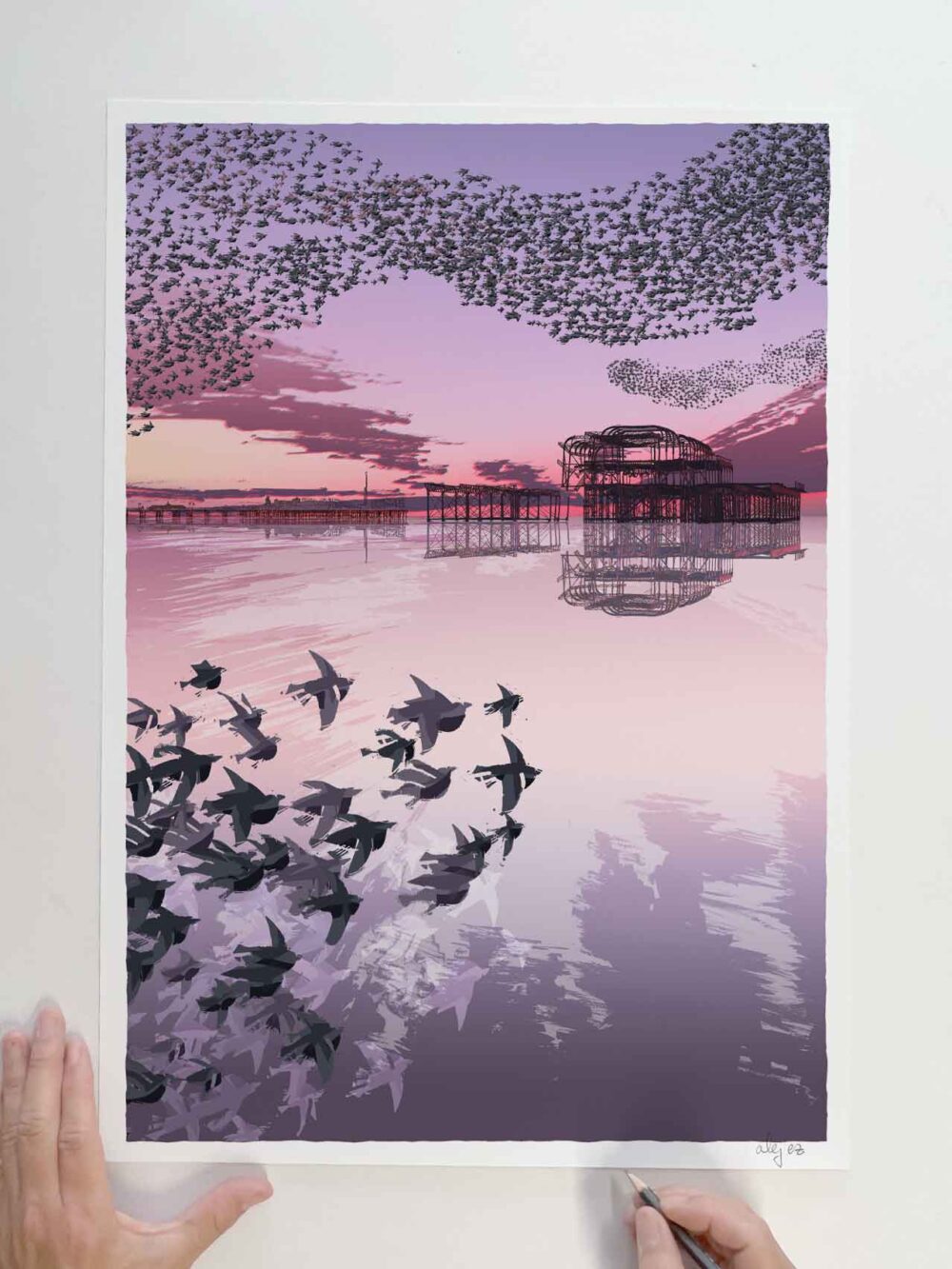
Starling Murmuration over the West Pier at Brighton Beach
Price range: £40.00 through £310.00 Select options This product has multiple variants. The options may be chosen on the product page -
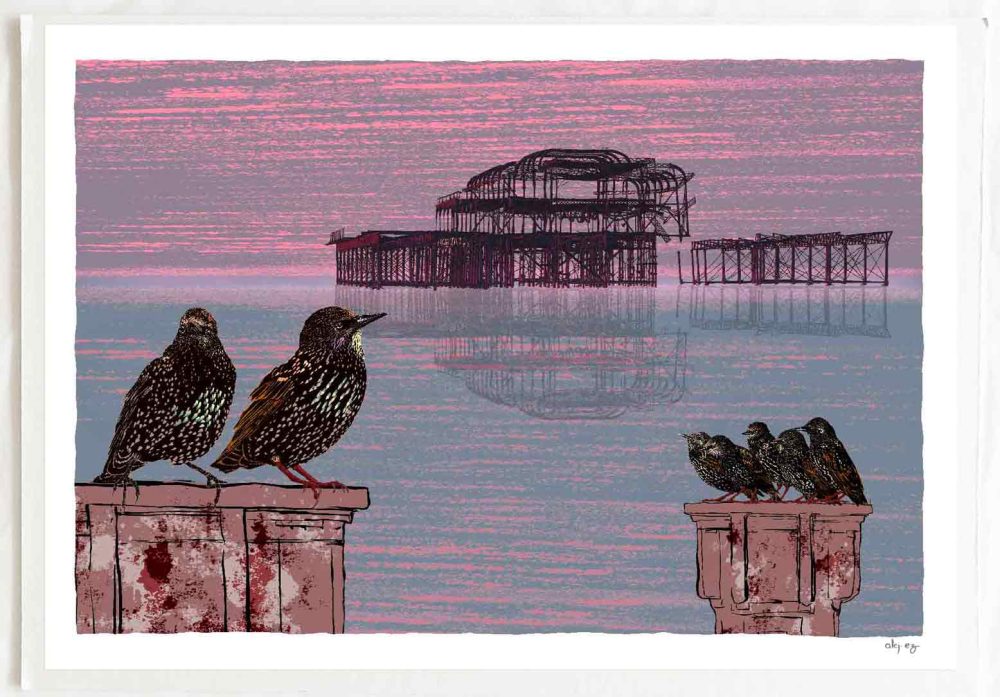
Golden Spiral Starlings West Pier
Price range: £40.00 through £310.00 Select options This product has multiple variants. The options may be chosen on the product page -
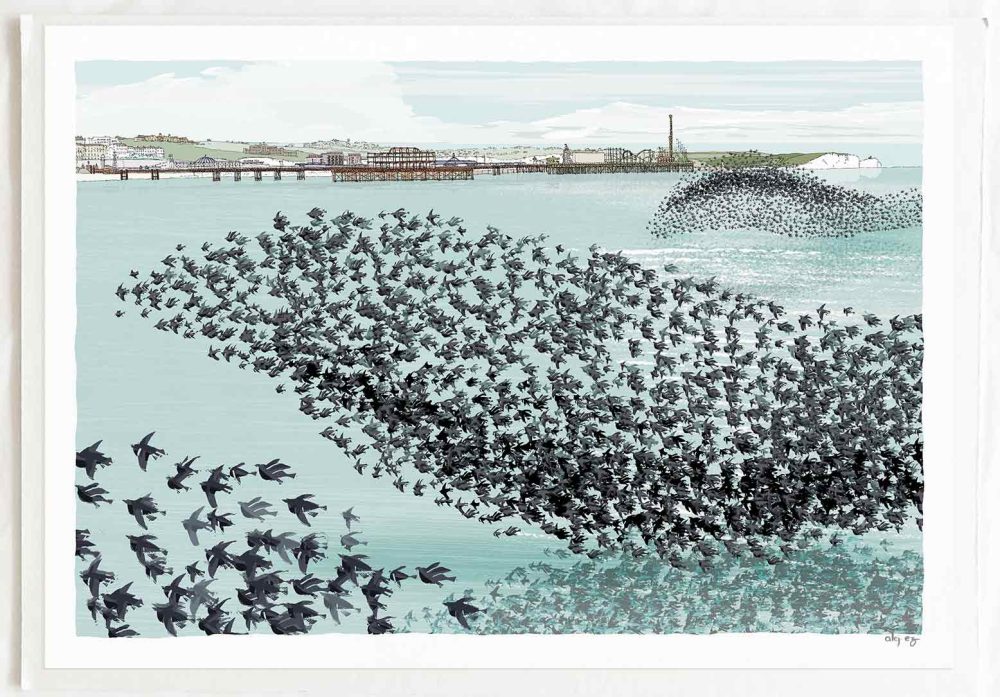
Shoreline Starlings Brighton by the Sea Pebble Beach
Price range: £40.00 through £310.00 Select options This product has multiple variants. The options may be chosen on the product page -

1882 Seaford Beach Steamship Gannet
Price range: £40.00 through £310.00 Select options This product has multiple variants. The options may be chosen on the product page -
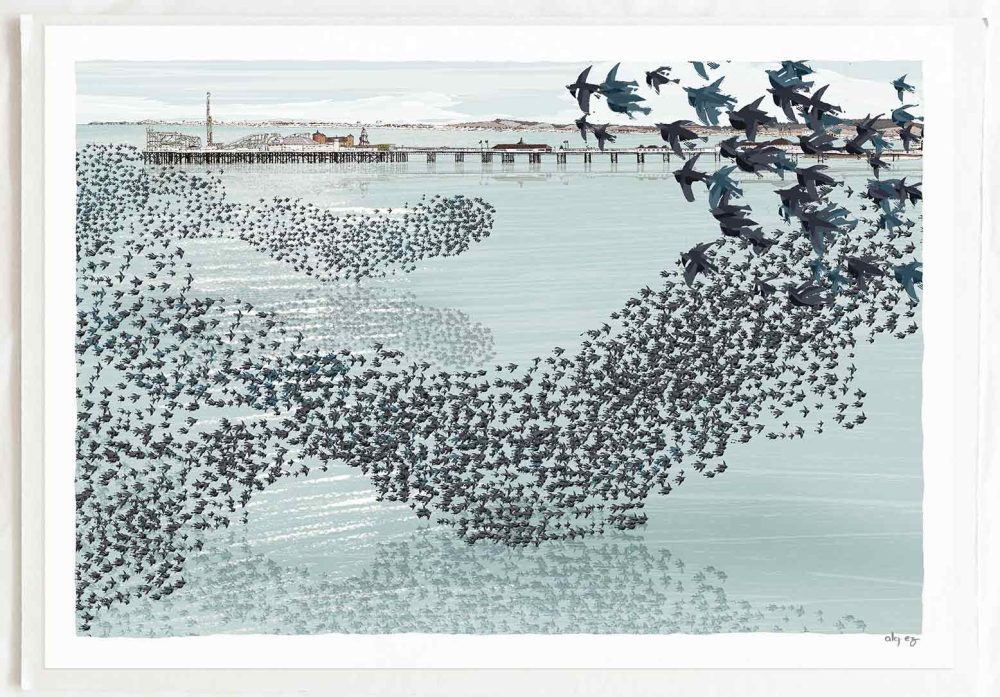
Starlings Kemptown Brighton Seafront Pebble Beach
Price range: £40.00 through £310.00 Select options This product has multiple variants. The options may be chosen on the product page -

Birling Gap Starling Murmuration White Cliffs
£192.00 add to basket -
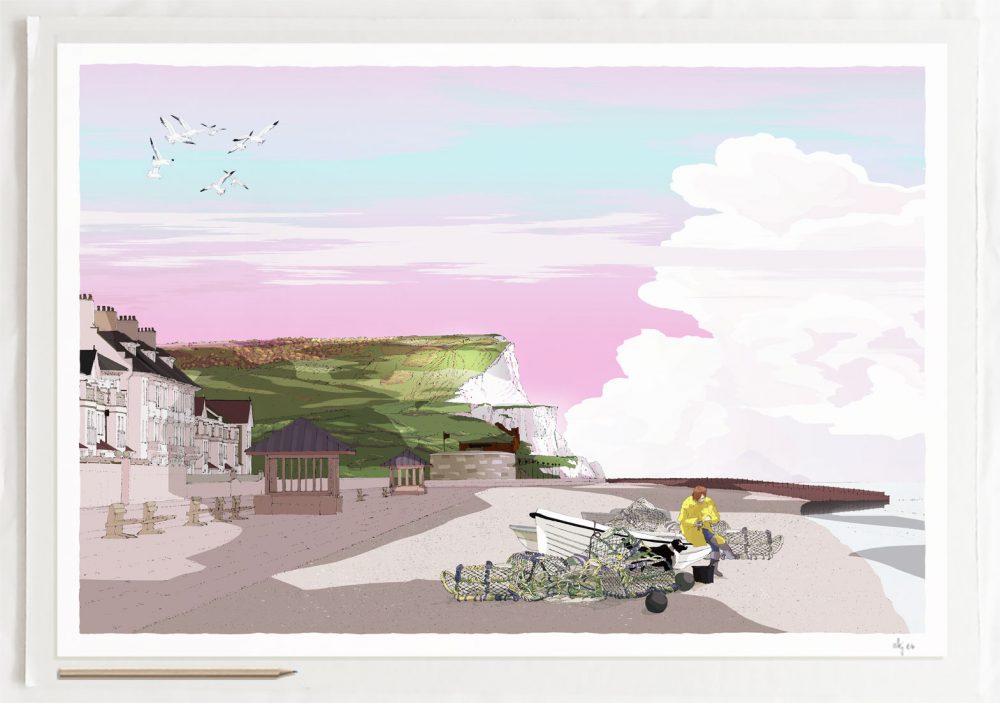
Seaford Head the Promenade and Fisherwoman
Price range: £40.00 through £310.00 Select options This product has multiple variants. The options may be chosen on the product page -
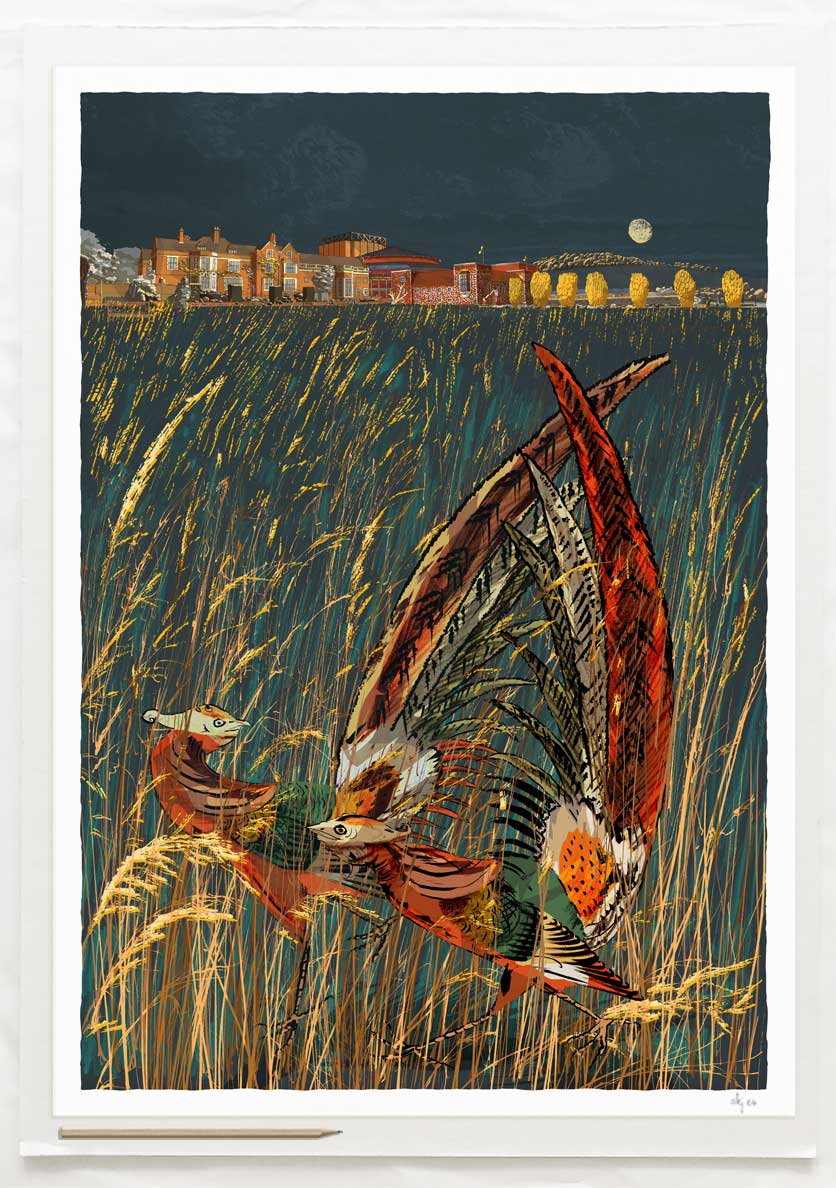
Glyndebourne Harvest Moon Pheasants
Price range: £40.00 through £310.00 Select options This product has multiple variants. The options may be chosen on the product page -

Swifts over Glyndebourne a Sussex Landscape
Price range: £40.00 through £310.00 Select options This product has multiple variants. The options may be chosen on the product page -

Starlings Flying over Brighton Palace Pier
Price range: £40.00 through £310.00 Select options This product has multiple variants. The options may be chosen on the product page -
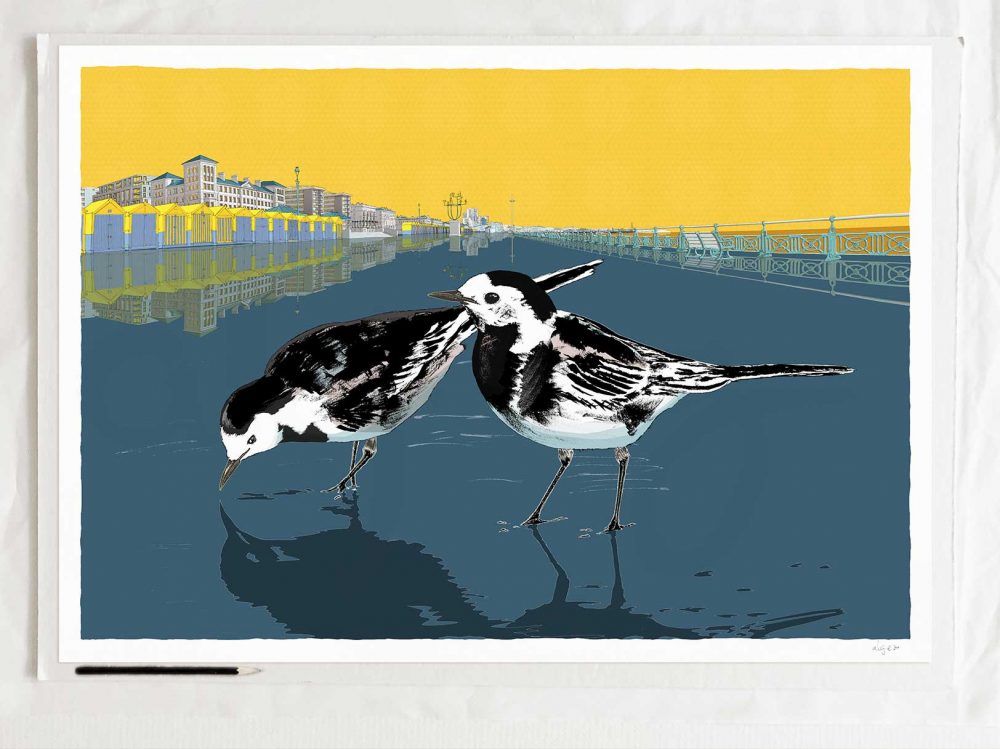
Wagtail birds by Hove Plinth at Brighton Seafront
Price range: £40.00 through £310.00 Select options This product has multiple variants. The options may be chosen on the product page -
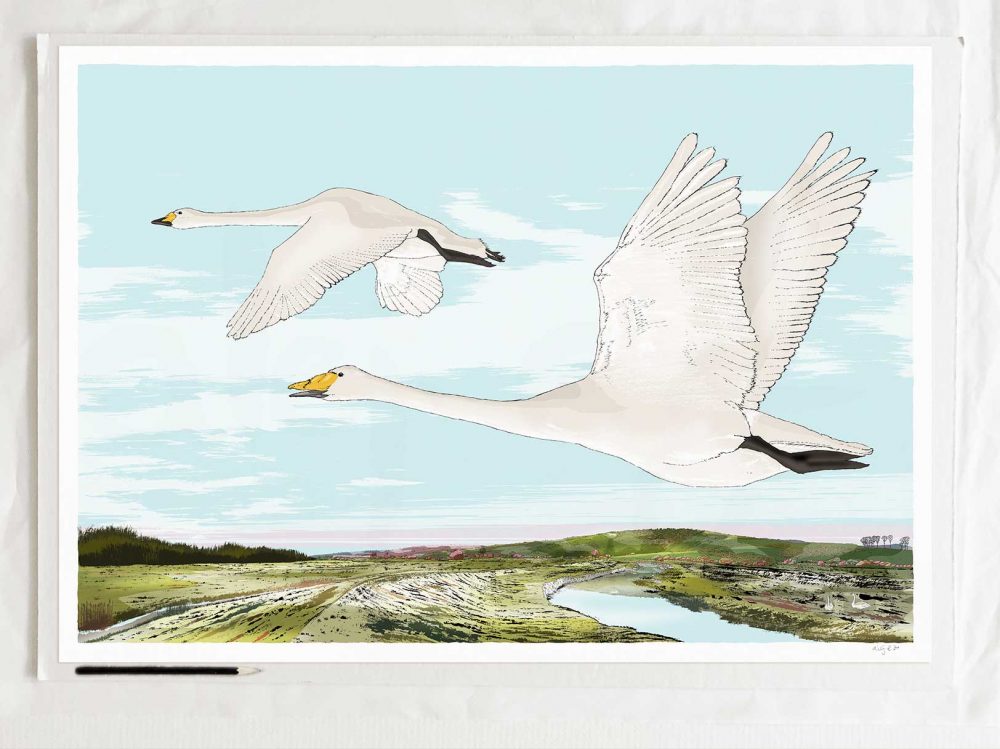
Swan Art. The flight over Litlington White Horse in the South Downs
Price range: £40.00 through £310.00 Select options This product has multiple variants. The options may be chosen on the product page -

The Avocet by the Red Roofed Hut among Sea Poppies and Sea Kale
Price range: £40.00 through £310.00 Select options This product has multiple variants. The options may be chosen on the product page -

Heron Print Royal Pavilion Orient Nights
Price range: £40.00 through £310.00 Select options This product has multiple variants. The options may be chosen on the product page -

West Pier Cormorants Antique Ochre and Blue
Price range: £40.00 through £310.00 Select options This product has multiple variants. The options may be chosen on the product page -

West Pier Cormorants Grey Silver
Price range: £40.00 through £310.00 Select options This product has multiple variants. The options may be chosen on the product page -

Birling Gap Starling Murmuration
£192.00 add to basket -

Birling Gap Starling Murmuration Eventide
£192.00 add to basket -

West Pier Cormorants
Price range: £40.00 through £310.00 Select options This product has multiple variants. The options may be chosen on the product page -

The Bather and the Cormorant
Price range: £40.00 through £180.00 Select options This product has multiple variants. The options may be chosen on the product page -
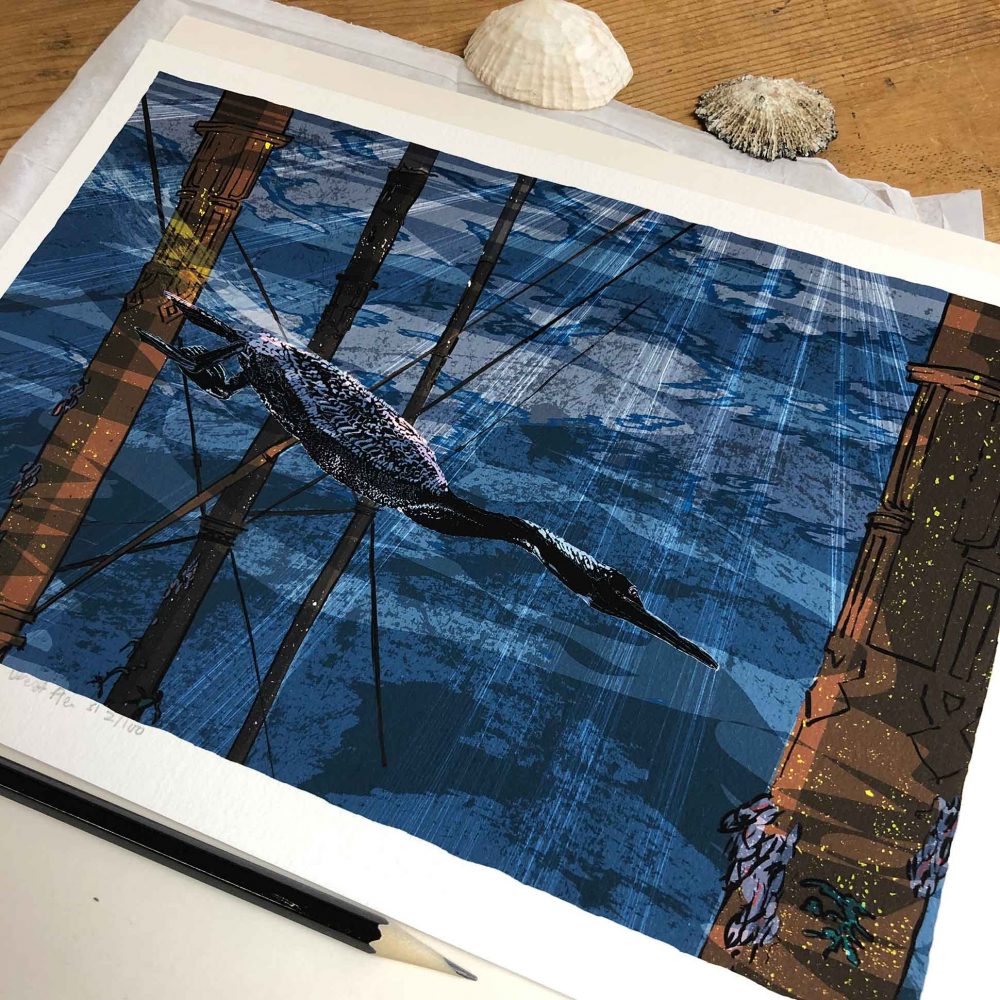
The Diving Cormorant under the West Pier
Price range: £40.00 through £180.00 Select options This product has multiple variants. The options may be chosen on the product page -

The Starling at Pavilion Gardens
Price range: £40.00 through £52.00 Select options This product has multiple variants. The options may be chosen on the product page -

The Cormorant and the West Pier
Price range: £40.00 through £52.00 Select options This product has multiple variants. The options may be chosen on the product page -

The Lark ascending. The Sussex Weald from Devils Dyke Season Fall
£192.00 add to basket -

Chalk’n Flint Flying Chalk Cliffs
£40.00 add to basket
Additional information
| Dimensions | N/A |
|---|---|
| Print sizes: standard portrait and square | A0 print size, portrait, A1 print size, portrait, A2 print size, portrait, A3 print size, portrait, A4 print size, portrait |
Only logged in customers who have purchased this product may leave a review.



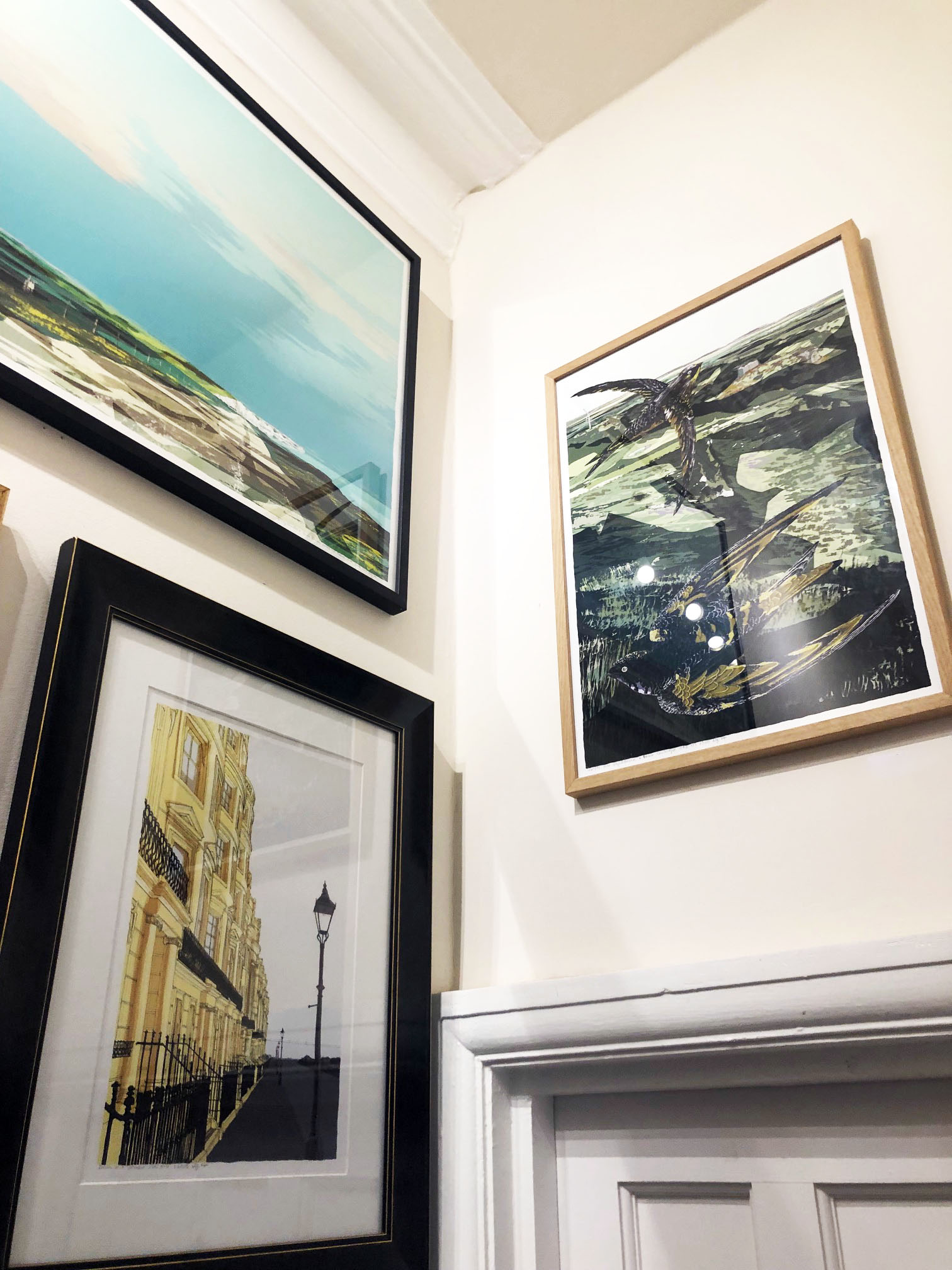

Reviews
There are no reviews yet.